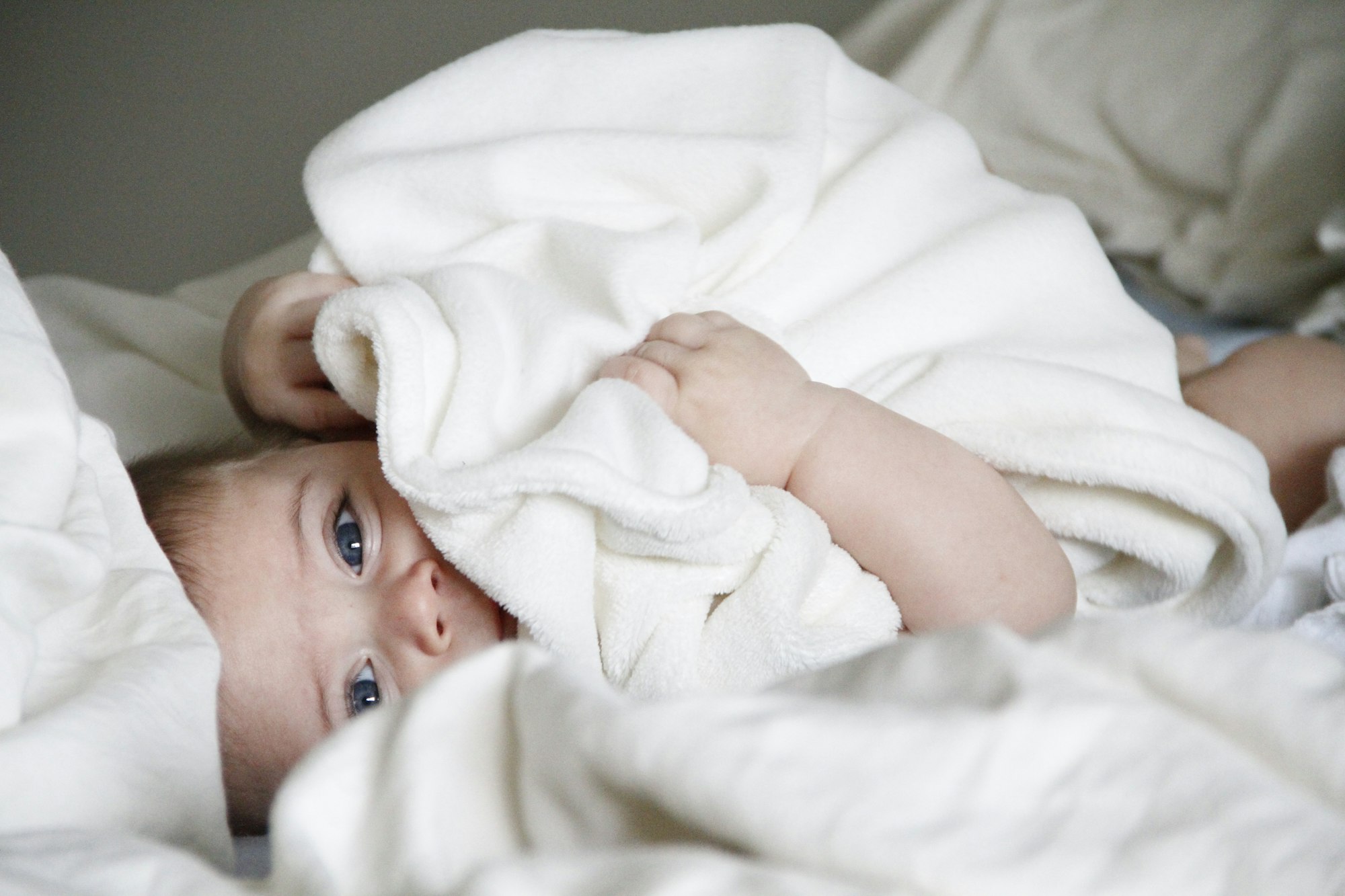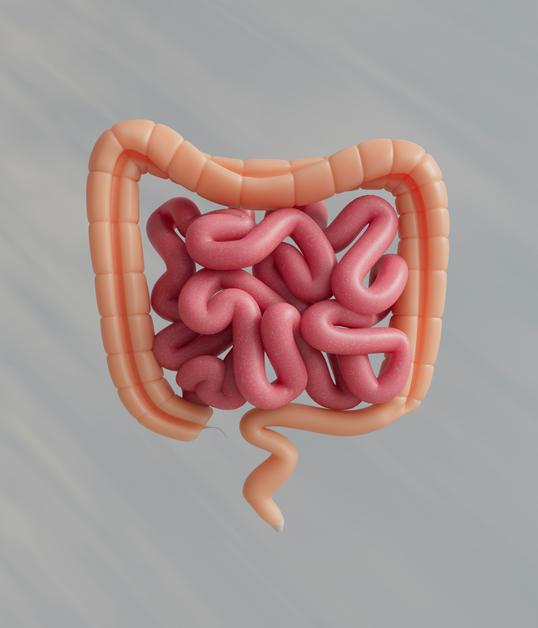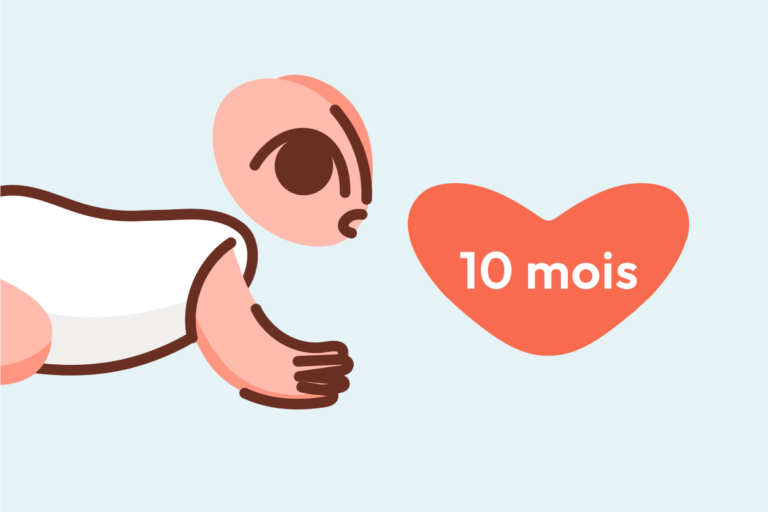In the dim hush of night, as the world feels particularly silent, many parents find themselves awake, wondering—why has their little one, who once slumbered so peacefully, suddenly become restless, wide-eyed, unsettled? Baby sleep regression can feel like a bewildering puzzle; abrupt midnight cries, shortened naps, and that sudden resistance to shut-eye may catch even the most prepared off guard. From developmental leaps to emotional shifts and subtle physiological changes, sleep patterns morph in a way that often feels unpredictable. But what, exactly, triggers these episodes, and how can you help your baby (and yourself) reclaim a sense of calm? This journey will untangle not just the “why,” but also the “how”: clear guidance, practical science-backed strategies, and gentle encouragement await. Ready to move from confusion towards clarity? Let’s discover together how to weather the storms of baby sleep regression with patience, understanding, and a touch of medical wisdom.
What Exactly Is Baby Sleep Regression?
Baby sleep regression—an expression that may cause a wave of apprehension—simply means a sudden, temporary change in your baby’s usual sleep rhythm. Previously predictable nights and reliable naps may unravel, replaced by frequent awakenings, restlessness, and nap refusals. Medically speaking, this phase coincides with fluctuations in brain development, growth spurts, mastery of new motor skills, and shifting patterns in circadian rhythms.
It is not an illness, nor a mistake in your parenting methods. Rather, think of it as your baby’s neurological and emotional world expanding, almost too fast for their body to keep up. During baby sleep regression, sleep cycles become more structured, closely resembling those of adults—meaning more frequent transitions between lighter and deeper sleep. A tiny sound can jolt your baby awake, just as a new movement (rolling, crawling) calls for practice even at midnight.
How Do You Recognise Baby Sleep Regression?
You may wonder—are these mere sleep hiccups or something deeper? Certain signs can signal a classic baby sleep regression:
- Nighttime awakenings becoming the norm, not the exception.
- Increased struggles to settle down, both at bedtime and nap time.
- Naps that become inconsistent, surprisingly short, or skipped altogether.
- Unusual daytime crankiness, as if even small frustrations tip into big tears.
- Amplified need for attention and reassurance, especially towards sunset.
These expressions of discomfort stem from neurodevelopmental changes and heightened awareness of their environment. Sometimes, just when you think rest is around the corner, a new milestone appears—intensifying the cycle.
What Are the Causes? Anatomy of a Regression
Why does baby sleep regression surface so suddenly? Multiple factors entwine, with neurodevelopment leading the procession. Imagine your baby’s mind buzzing with new discoveries, synapses firing rapidly as they practice rolling, grasping, or babbling.
Scientific Triggers:
- Sleep architecture shift: Around the 4th month, infants establish defined sleep cycles. This increased presence in lighter sleep stages is a common culprit behind fragmented nights.
- Physical milestones: Crawling, pulling to stand, or first independent steps all bring excitement—alongside an irresistible urge to rehearse in their sleep space.
- Cognitive leaps: Recognition of familiar faces, increased curiosity about surroundings, and the concept of “object permanence” (knowing that you still exist even when out of sight) fuel anxieties and sudden wakes.
- Separation anxiety: Particularly sharp between 8 and 10 months, this emotional leap draws a baby to seek comfort during vulnerable moments like nighttime.
- Environmental disruption: Changes such as starting daycare, an illness, travel, or even a well-meaning change in bedtime routine can ripple through their fragile internal clocks.
And then, the classic teething dilemma: inflammation and gum pain disrupt sleep independently, compounding an existing vulnerability during regressions.
The Ages Most Affected: When Does Baby Sleep Regression Strike?
- 4 Months: The journey to mature sleep cycles begins. Suddenly, every 40 to 50 minutes, your baby transitions to lighter sleep. They wake, confused, perhaps looking for the soothing pattern that once lulled them at bedtime.
- 6 Months: Mobility surges. Rolling and beginning to crawl introduce nocturnal fidgeting and unexpected awakenings.
- 8–10 Months: Emotional advances—especially separation anxiety—interlace with newfound agility. Your baby may wake abruptly, calling out, searching for familiar arms.
- 12 Months: Walking and communication skills blossom, bringing pride—and, temporarily, disrupted rest.
- 18 Months and Beyond: Vocabulary bursts, imaginary fears, and intense need for parental presence often surface together, complicating sleep anew.
How To Support Sleep During a Regression
The question so many whisper—how to calm the storm? Although each child’s baby sleep regression is unique, certain strategies consistently soothe and strengthen sleep hygiene.
Establish and Maintain Routines
- Dedicate time every evening to a consistent, predictable bedtime routine—warm bath, soft pyjamas, gentle lullabies, or soothing lights can signal sleep.
- Keep the sleeping environment cool, quiet, and dim; darkness boosts melatonin production, supporting better night rest.
Encourage Independent Sleep
Place your child in their crib when drowsy but not fully asleep (an essential skill). If they fuss, comfort with a calm presence, gentle pat-downs, or soft shushing, rather than elaborate rocking or feeding. Over time, this nurtures self-soothing—a critical goal through baby sleep regression phases.
Address Emotional Needs
Separation anxiety? Play peekaboo or short “goodbye” routines during the day, reinforcing that departures are temporary and reunions joyful. Offer reassurance at night but aim for brief, calm responses to night waking.
Support Physical Development
Daytime is for movement. Practice tummy time, crawling, and safe exploration. This reduces the urge to “rehearse” big skills at night, limiting middle-of-the-night rolling or standing.
Monitor Nutrition and Health
Growth spurts ramp up calorie needs—ensure full feedings during the day. If teething or mild illnesses are suspected, offer comfort measures like a cold teether, but consult your paediatrician for persistent symptoms.
When to Seek Medical Advice
While most baby sleep regression episodes resolve in 2 to 6 weeks, occasionally trouble lingers. If disrupted sleep stretches beyond a month, daytime functioning suffers, or alarming signs (persistent crying, concern over breathing) emerge, talking to a healthcare professional is wise—even reassuring. Sometimes, what masquerades as regression may signal an underlying sleep disorder or health concern.
Long-Term Perspective: Will Sleep Ever Stabilise?
Baby sleep regression is a sign of progress, not a predictor of permanent sleep trouble. Research underscores that children nurtured with consistent routines, gentle support, and opportunity to self-settle tend to emerge as strong, resilient sleepers. Take heart—these phases, though exhausting, signify healthy development, not lasting disturbance.
Supporting Parental Wellbeing
It’s not just the baby’s sleep at stake; parental exhaustion is real. Short naps or unsettled nights erode patience and mood. Accept support where possible—whether sharing duties with a partner, seeking the company of trusted family, or resting when your baby naps. Eat nourishing foods, hydrate well, and, when persistent sadness or overwhelm overshadows daily life, consult a trusted healthcare professional.
Remember: Modern technology can lend a hand—download the application Heloa for tailored advice, free health screenings, and ongoing support for your child’s unique needs.
Related Medical Concepts Simplified
- Sleep cycles: Newborns shift from irregular patterns to more structured cycles around four months, bringing more frequent waking.
- Separation anxiety: Around 8–10 months, emotional awareness surges, prompting intense need for parental proximity, especially at sleep times.
- Object permanence: This cognitive leap means babies miss you even when you step into the next room.
- Sleep onset association: Powerful habits—if your little one relies on feeding or rocking to sleep, waking between sleep cycles may leave them unsettled in your absence.
All these transformations are signposts of neurological maturity and growth—not mistakes, not failures.
Key Takeaways
- Baby sleep regression—temporary changes in sleep caused by developmental leaps—is entirely normal.
- Most sleep regressions clear within 2 to 4 weeks, aligning with common milestones (4, 6, 8–10, 12, 18 months).
- Robust routines, warm emotional support, and careful adjustment to sleep needs lay the groundwork for smoother transitions.
- Monitoring health, growth, and behaviour ensures that normal regressions don’t mask serious issues.
- Parenting through these phases can be challenging, but support exists: consider connecting with paediatricians or using resources like the application Heloa for professional input and personalised advice.
With the right tools, knowledge, and empathy, rest will soon return for child and parent alike.
Questions Parents Ask
How long does a baby sleep regression usually last?
Most parents observe that baby sleep regression can last from roughly two to six weeks. Each child responds differently—some glide through in days, others need a bit more time for adjustment. Expect sleep to become erratic during this stretch, but routines and gentle encouragement often help ease the transition.
Can teething cause sleep regression?
Teething episodes intensify sleep disruptions. Sore gums and discomfort may get confused with baby sleep regression since signs overlap—night waking, fussiness, shorter naps. Dental pains are, however, temporary; extra cuddles, safe teething toys, and patience work best until the discomfort fades.
Should you change your baby’s bedtime routine during a sleep regression?
Predictable routines are a parent’s best ally during baby sleep regression. Avoid overhauling established bedtime habits; it’s tempting to try new things in hopes of a miracle, but familiarity provides comfort. Subtle tweaks like longer cuddles or quieter lights may help, yet consistency reigns supreme in helping your child reclaim restful sleep.
Is baby sleep regression harmful to long-term health or development?
No evidence links baby sleep regression with future health or behavioural problems. These are milestones, not warnings—temporary ripples as your baby grows. A stable, loving environment supports both brain and emotional development through these challenging, but transient, nights.
What if sleep problems persist well beyond the usual phase?
Persistent sleep disturbance—stretching well past six weeks, or accompanied by ongoing illness, lack of growth, or upset—should prompt a consultation. Sometimes the cause may differ (medical condition, emotional stress). Medical experts can provide reassurance, investigate further, and recommend effective solutions.
When should parents seek professional advice?
Anytime unease grows—whether sleep regression doesn’t resolve, daytime function is affected, or other health concerns arise—connection with a healthcare provider is wise. Your intuition about your child’s wellbeing remains a powerful, valid signal.
How to support your own wellbeing as a parent during baby sleep regression?
Prioritise rest whenever possible, maintain regular meals and hydration, reach out to family or friends for shared responsibilities, and highlight emotional self-care. If low mood, irritability, or difficulty coping become persistent, medical consultation provides genuine relief and reassurance.
Are all babies affected by sleep regression?
While baby sleep regression is widespread, not every baby will experience every typical episode. Some glide smoothly through milestones with barely a night disturbed, while others pause with every surge in learning. Each child’s rhythm is unique; patience and observation remain your best guides.









